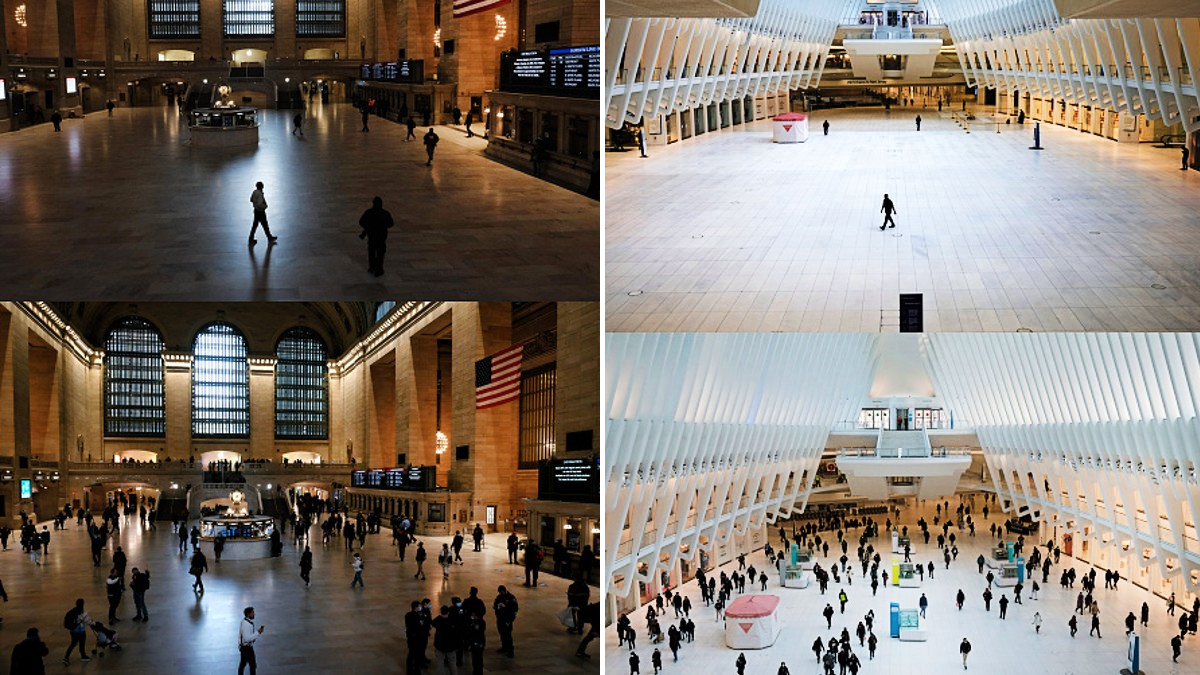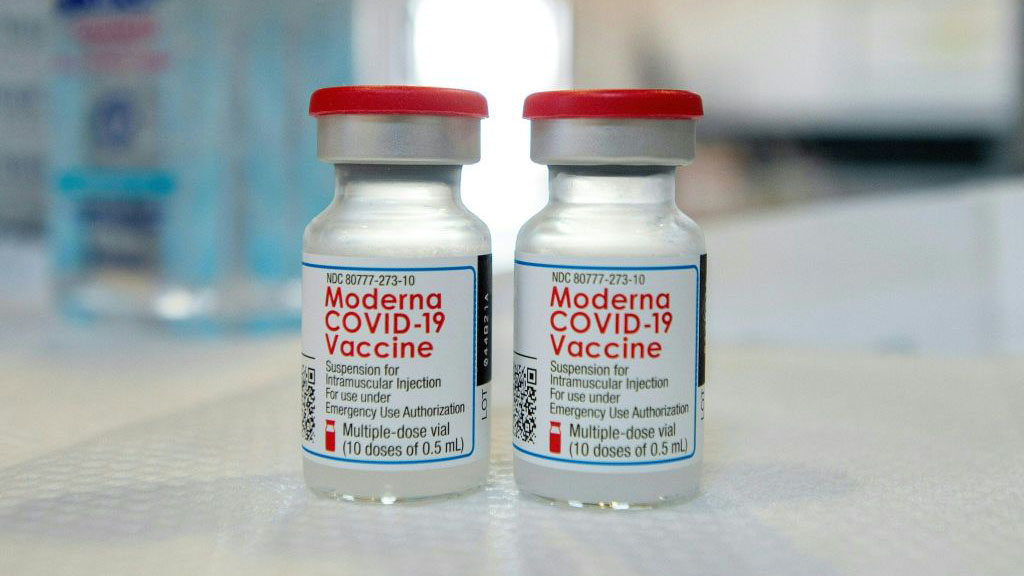What to Know
- Another COVID variant is contributing to increasing cases in NYC and across America once again, fueling fresh worries as the pandemic recovery appears to hit an unprecedented stride
- According to the CDC, the "stealth" omicron variant, BA.2, accounts for 39% of COVID circulating in New York and New Jersey right now; that compares with a quarter of new infections nationally
- At this point, it's unclear if BA.2 is linked to more severe COVID cases or is more vaccine-resistant but WHO says it is "inherently more transmissible; a case uptick, but no major resurgence, is expected
Rising COVID infections associated with the so-called "stealth" omicron variant BA.2 are fueling fresh leeriness about the state of the pandemic in New York City and America, just as life as we now know it is starting to return to normal.
According to the CDC, that variant accounts for 39% of COVID circulating in New York and New Jersey right now. By comparison, it's responsible for about a quarter of new infections nationally. Its prevalence has doubled in just the last week or so.
So how worried should you be? Not much, experts say.
On Friday, the Biden administration's incoming COVID czar Dr. Ashish Jha said he wasn't expecting the latest variant to trigger yet another national surge in infections, given the overwhelming prevalence of those vaccinated and boosted.
More data is needed to determine whether the BA.2 variant poses a greater threat in terms of case severity, but WHO has already said it is "inherently more transmissible" than the original omicron strain that first besieged the globe in November. For now, experts say to expect a case uptick but no major resurgence.
Get Tri-state area news delivered to your inbox. Sign up for NBC New York's News Headlines newsletter.

New York City's new health leader, Dr. Ashwin Vasan, shared similar thoughts as he delivered his first official COVID briefing as the five boroughs' health commissioner on Friday.
Vasan, who took the reins for the Adams administration following Dr. Dave Chokshi's planned exit earlier this week, told New Yorkers his department would continue to aggressively monitor COVID developments, including around the latest variant, and that right now the city's risk remains low. But he acknowledged it can be easier to tell people not to worry than for people to avoid worrying themselves.
"I understand New Yorkers' concern, given where we've been over the last three years in successive waves, that rising cases in other parts of the world will lead to anxiety," Vasan said. "Know that as we have always done, we are tracking these variants very closely."
He emphasized the same points others have stressed as they seek to calm an ever-wary public: There's no evidence at this point BA.2 causes more severe illness or risk of hospitalization or that current COVID vaccines are less effective against it.
"We continue to monitor this, and we continue to stay vigilant," Vasan added, noting that anyone who tries to predict what's going to happen next in the pandemic ends up with "egg on their face." He's not interested in doing that.
Currently, the BA.2 variant doesn't even appear on the city's variant tracker. Omicron, the original version (B.1.1.529), still accounts for 100% of all tested cases. But that could change in fairly short order.
State data put BA.2's prevalence at 38.5% of positive samples that were linked to omicron, according to the latest update. About 44.5% of them are still that initial B.1.529 strain.
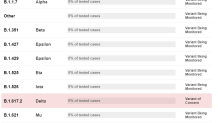
New variants are expected to emerge and will continue to do so because that's how viruses work, experts have said throughout the pandemic. Most of them are not more dangerous in terms of severity or contagiousness, but a handful certainly are.
The latest development comes almost two weeks after New York City lifted its mask mandate for hundreds of thousands of public school students and its COVID vaccine-proof rule for businesses.
Kids younger than age 5, who are ineligible for vaccination, are still required to wear masks indoors, but Mayor Eric Adams has said that might change soon.
Asked about that Friday, Vasan said he understands parents' predicament, as a father of a child in daycare who is not yet eligible for vaccination. He says he wants to unmask his own son, but he also wants to be sure he's protecting him.
The new health commissioner offered no new insight on when that mask mandate might lift, saying, "We're always looking at the data, as I've said, we have very clear benchmarks as for how we're assessing risk and we'll keep reevaluating whether that mandate should stay in place."
Core viral rates citywide have remained remarkably low since the rapid plunge in infections and hospitalizations associated with the omicron wave. The current alert level for the five boroughs is "low," according to the new community-based risk assessment tool the mayor debuted this month for tracking the COVID threat.
It doesn't get any lower than that.
The steep declines the city saw in core viral rates a month or so ago, though, have ebbed. The rolling daily case average is down 2% this week compared with the rolling average for the prior four weeks. Hospitalizations and deaths remain down dramatically -- by 58% and 53%, respectively -- by the same parameters.
Experience, though, tells us those latter two metrics wouldn't see an increase until there was a substantial increase in infections. This time around, though, experts and officials say soaring rises in severe cases may not accompany any potential increase in viral spread, so they urge continued awareness but no panic.
Statewide in New York, cases have been on the slow rise over the last few weeks. Gov. Kathy Hochul's Thursday COVID update put new daily cases at 2,323, up from 2,107 a week ago and from 1,985 the week before that. Hospitalizations across the Empire State, though, have continued to decline over the last three-week stretch.
On Friday, the Democrat said statewide COVID hospitalizations had fallen below 1,000 for the first time since August 4.
Hochul's office is distributing 20 million more at-home tests across New York in the coming weeks, though, in anticipation of any potential uptick in cases.
National data from the CDC clearly shows the latest infection spike, though as is the case in New York, the agency's risk assessment for the vast majority of America remains quite low. Learn more about the agency's new community tool here.
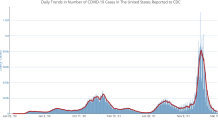
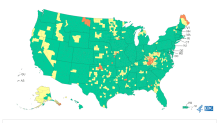
The increasing case trends are evident globally, too.
The number of new coronavirus deaths reported worldwide fell by 17% in the last week while COVID-19 infections rose, reversing a decline in cases that first began in January, according to the World Health Organization.
In the U.N. health agency’s weekly report on the pandemic issued late Tuesday, WHO said there were more than 11 million new COVID-19 infections last week - about an 8% rise - and 43,000 new deaths. The number of COVID-19 deaths globally has been dropping for the past three weeks.
More COVID-19 Coverage
The biggest increase in cases were seen in the Western Pacific and Africa, where infections rose by 29% and 12% respectively. Elsewhere, cases dropped by more than 20% in the Middle East, Southeast Asia and the Americas. In Europe, cases inched up by about 2%.
WHO said those numbers “should be interpreted with caution.” It noted that many countries are changing their COVID-19 testing strategies as they exit the acute phase of the pandemic, and are testing far less than previously, meaning that many new cases are going undetected.

